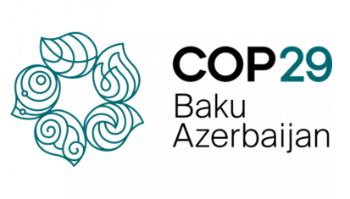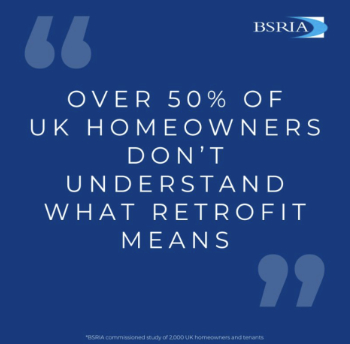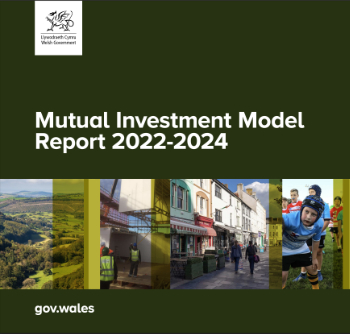How to check certification (e.g. ISO 9001, ISO 45001, UKAS etc.)
Contents |
[edit] Introduction
It is common for organisations to obtain certification which verifies compliance to particular standards. Dependent upon the certification, this can include:
- The management system complies with a particular standard (e.g. ISO 9001:2015, ISO 27000, ISO 14000 etc.)
- Operations are carried out in accordance with specified standards (e.g. a laboratory carrying out concrete testing is compliant to BS EN 12390-2: 2019 (Testing Hardened Concrete Part 2: Making and curing specimens for strength tests)).
(NOTE: Certification can also be obtained in relation to the physical product which verifies complies to particular standards (e.g. CARES certification / Agrement Certificates etc.) This aspect is not covered in this article.)
Obtaining such certification provides confidence to the customer the product or service is delivered in a manner which is compliant to the requirements without needing to undertake checks personally.
For example, it is very common during the tender stage of contracts to request a copy of the ISO 9001 certificate. This enables the client to obtain confidence the quality management system of the organisation operates in accordance with criteria specified in the ISO 9001 Quality Management System Standard. In turn, this provides a level of certainty the product or services will be delivered to a certain standard without needing to undertake detailed audits of the organisation themselves.
This certification is provided by Conformity Assessment / Certification Bodies.
Is it important to realise, though, that the certificate may not be valid. There are four items in particular which should be checked to ensure the certification is acceptable:
[edit] Check 1: Is the scope of the certification OK?
When checking certification, make certain registration covers the scope of work, product or material to be supplied: For example,
- ISO 9001 certificates should state the exact nature of the operations which have been certified. In some cases, it may be found the organisation has only been assessed (and, hence, certified) against part of the activities it undertakes.
- Organisations (e.g. laboratories) may be certified to carry out inspection and testing against certain standards only.
[edit] Check 2: Is the certificate still in date?
Certification bodies will regularly assess organisations to ensure the working practices are still being operated correctly, updated as required, and, where appropriate, are being improved. For this reason, certificates will only be valid for a specified period of time. Therefore, check the certificate is not out of date.
[edit] Check 3: Is the certificate genuine?
Conformity Assessment or Certification Bodies hold registers of organisations that they have audited and have been shown to conform to the requirements of one or more internationally recognised specifications, such as ISO 9001. If an organisation is claiming to be certified to a certain standard, the customer can check the register of the conformity assessment / certification body (often via their website) to verify the certificate is genuine.
[edit] Check 4: Who issued the certificate?
The first three checks then beg the question whether these conformity assessment / certification bodies are themselves operating in a suitably robust manner in assessing whether the certification can be provided. Otherwise, how can anyone be confident the certificate is merited? In other words, who checks the checker?
Certification bodies are themselves ‘accredited’ to issue certification to organisations by ‘Accreditation Bodies’.
For example, within the United Kingdom, UKAS (United Kingdom Accreditation Service) is the National Accreditation Body appointed by the Government (https://www.ukas.com/about/) to assess organisations which provide certification. UKAS also is tasked by the Government to assess organisations which carry out testing, inspection and calibration services. Hence, it is often a requirement that certification bodies are ‘UKAS accredited’ (or an equivalent body).
Thus, National Accreditation Bodies provide recognition that a Conformity Assessment Body is conducting itself in a manner that demonstrates competence and impartiality in undertaking registration of organisations. A list of National Accreditation Bodies can be found here.
National Accreditation Bodies hold lists of the Conformity Assessment Bodies they have accredited which can be used to confirm that they really have been accredited.
At the top of the ‘checker’ hierarchy sits global organisation such as the ‘International Accreditation Forum’ (https://www.iaf.nu/ responsible for determining how National Accreditation Bodies operate. UKAS is the UK Government’s appointed member of the international accreditation organisations and represents the UK’s interests (https://www.ukas.com/customer-area/ukas-and-its-role-in-the-global-accreditation-system/).
This hierarchical structure with different levels of checker is illustrated in Figure 1.
Figure 1: the relationships between the various entities and the opportunities for verifying conformity
Such a structure provides a greater level of confidence to the client that the certificate presented is deserved and has only been issued following a suitable examination of the working practices against the standards in question.
Not all certification bodies are accredited by a National Body such as UKAS and there are other independent Accreditation bodies. Confidence may not be as strong where the certificate is issued by such an organisation as they sit outside the framework shown in Figure 1.
Organisations selecting Conformity Assessment Bodies to certify their organisations should review the Chartered Quality Institute’s (CQI) article ‘On the use of accreditation of conformity assessment bodies’ which recommends avoiding non-accredited bodies. This can be accessed here.
The CQI's article ‘The dangers of cowboy certification’ provides further explanation of the reasons behind this policy and can be read here.
Rev 1 (18/10/2020): Original article written by Keith Hamlyn and reviewed by Mike Buss on behalf of the Chartered Quality Institute, Construction Special Interest Group (ConSIG). Article peer reviewed by the ConSIG Competency Working Group and accepted for publication by the ConSIG Steering Committee.
--ConSIG CWG 23:15, 18 Oct 2020 (BST)
[edit] Related articles on Designing Buildings
Featured articles and news
Local leaders gain new powers to support local high streets
High Street Rental Auctions to be introduced from December.
Infrastructure sector posts second gain for October
With a boost for housebuilder and commercial developer contract awards.
Sustainable construction design teams survey
Shaping the Future of Sustainable Design: Your Voice Matters.
COP29; impacts of construction and updates
Amid criticism, open letters and calls for reform.
The properties of conservation rooflights
Things to consider when choosing the right product.
Adapting to meet changing needs.
London Build: A festival of construction
Co-located with the London Build Fire & Security Expo.
Tasked with locating groups of 10,000 homes with opportunity.
Delivering radical reform in the UK energy market
What are the benefits, barriers and underlying principles.
Information Management Initiative IMI
Building sector-transforming capabilities in emerging technologies.
Recent study of UK households reveals chilling home truths
Poor insulation, EPC knowledge and lack of understanding as to what retrofit might offer.
Embodied Carbon in the Built Environment
Overview, regulations, detail calculations and much more.
Why the construction sector must embrace workplace mental health support
Let’s talk; more importantly now, than ever.
Ensuring the trustworthiness of AI systems
A key growth area, including impacts for construction.
Foundations for the Future: A new model for social housing
To create a social housing pipeline, that reduces the need for continuous government funding.
Mutual Investment Models or MIMs
PPP or PFI, enhanced for public interest by the Welsh Government.
Key points and relevance to construction of meeting, due to reconvene.



























Comments
In June 2022 UKAS launched their CertCheck service (https://certcheck.ukas.com/) for verifying management system certificates that have been issued by UKAS accredited certification bodies. This is now the location for verifying National Highway Sector Scheme registrations.
CertCheck is a separate system to the one for checking UKAS accreditations for laboratories, inspection bodies and certification bodies.
See UKAS website news article https://www.ukas.com/resources/latest-news/ukas-launches-certcheck/